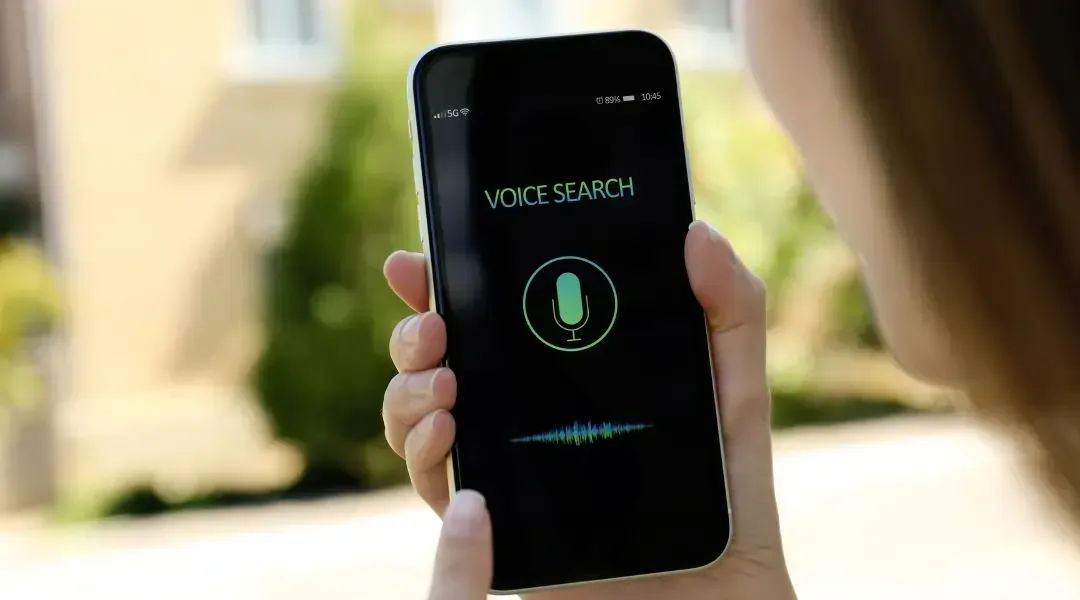Optimizing for Voice Search in Dental Marketing: Strategies, Importance, and Tools

In today’s fast-paced digital landscape, voice search has become a pivotal tool, reshaping how users look up information online. For dental practices and marketers, voice search optimization has evolved from a nice-to-have into an essential component of digital strategy. Devices like Amazon Alexa, Google Home, and Apple’s Siri are increasingly common in households, making voice search an invaluable asset.
According to Search Engine Journal, voice searches made up nearly 50% of all searches by 2020, underscoring the need for dental practices to optimize their online presence and attract patients in this voice-driven era.
Why Voice Search Matters for Dentists
Voice search provides users with a quicker, more convenient way to find information. For busy individuals, asking their smart device for the nearest dentist or details about a procedure is far easier than typing. Dental practices that prioritize voice search optimization can expect a greater influx of new patients due to this growing trend.
Key Strategies for Optimizing Voice Search for Dental Practices
1. Focus on Natural Language and Conversational Keywords
Voice searches are typically longer and more conversational than text searches. For instance, instead of typing “best dentist NYC,” a user might ask, “Who is the best dentist in New York City?” Dental SEO should integrate long-tail keywords and natural phrases, creating content that mimics how people speak in everyday conversation.
2. Enhance Local SEO
Many voice searches are locally focused. Ensure your practice is listed on Google My Business and maintain consistent name, address, and phone number (NAP) details across all platforms. Using location-specific keywords like “best dentist in [city]” can enhance visibility in local searches.
3. Optimize for Featured Snippets
Featured snippets are the short, concise answers that appear at the top of Google’s search results, often in response to specific questions. Providing clear, succinct answers to common dental questions improves your chances of being featured in these snippets, boosting visibility in voice search results.
4. Improve Website Speed and Mobile Friendliness
Voice search users often need quick answers. A slow or unresponsive website can lead to high bounce rates, so optimizing for speed and mobile-friendliness is crucial. Google favors fast, mobile-optimized sites in search rankings, making these factors essential for voice search SEO.
5. Create a FAQ Page
A well-organized FAQ page addressing common dental questions is invaluable for voice search optimization. Include common patient inquiries like “How often should I visit the dentist?” and provide comprehensive, conversational responses that align with natural voice queries.
Essential Tools for Enhancing Voice Search Presence
1. AnswerThePublic
This tool provides insight into popular questions surrounding dental health, helping you create content that directly answers potential voice search queries from patients.
2. Google My Business
An optimized
Google My Business profile enhances your chances of appearing in local voice search results. Keep information accurate and encourage positive patient reviews to strengthen your presence.
3. Schema Markup
Using schema markup helps search engines better understand your content, increasing the likelihood of appearing in rich snippets. For dentists, schema can highlight reviews, services, and other relevant information that supports voice search optimization.
4. SEMrush
SEMrush offers tools for keyword research and competitive analysis. Utilize this tool to find high-volume, low-competition keywords and gain insights into top-ranking dental websites, enhancing your voice search strategy.
5. Moz Local
Moz Local ensures your business listings are accurate and consistent across the web, bolstering your
local SEO and enhancing visibility in local voice searches.
FAQs
Q1. What are the benefits of optimizing for voice search?
A: Voice search optimization boosts your visibility, enhances user experience, and can increase website traffic. It’s particularly advantageous for local searches, helping your practice attract patients seeking immediate dental care.
Q2. How does local SEO impact voice search?
A: Local SEO is vital for voice search because many voice queries are location-specific. Ensuring your dental practice appears in local search results can improve visibility among nearby patients.
Q3. What is schema markup, and how does it help with voice search?
A: Schema markup is microdata that helps search engines interpret your content. Using schema can increase the likelihood of appearing in rich snippets, commonly featured in voice search results.
Q4. How can I make my website more mobile-friendly for voice search?
A: Ensure your website has a responsive design, fast load times, and easy navigation. Google’s Mobile-Friendly Test tool can help you address any mobile usability issues.
Q5. What type of content works best for voice search optimization?
A: Content that directly answers common questions, incorporates natural language and uses long-tail keywords is ideal for voice search. FAQ pages and informative blog posts on patient concerns can also improve your presence in voice searches.
Voice search is reshaping the way dental practices approach digital marketing, making it essential to adapt. By incorporating natural language keywords, enhancing local SEO, optimizing for featured snippets, improving website speed, and creating a detailed FAQ page, your practice can build a robust voice search presence. Leveraging tools like AnswerThePublic, Google My Business, schema markup, SEMrush, and Moz Local will strengthen these efforts, ensuring your practice remains accessible to voice search users seeking dental services.
By embracing these strategies and tools, dental practices can effectively leverage voice search to attract more patients and stay competitive in the ever-evolving digital landscape.






















